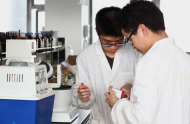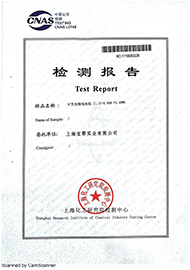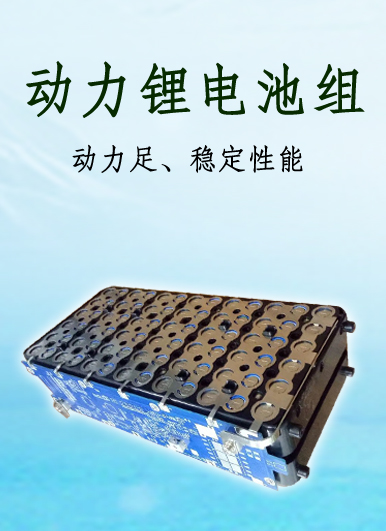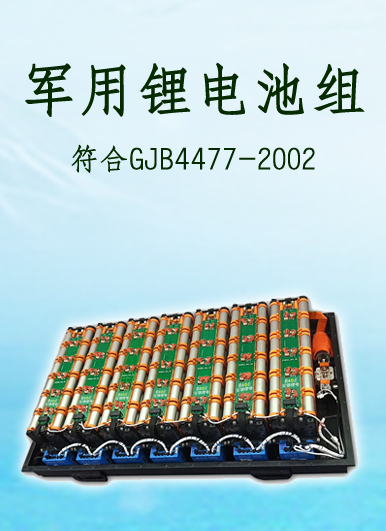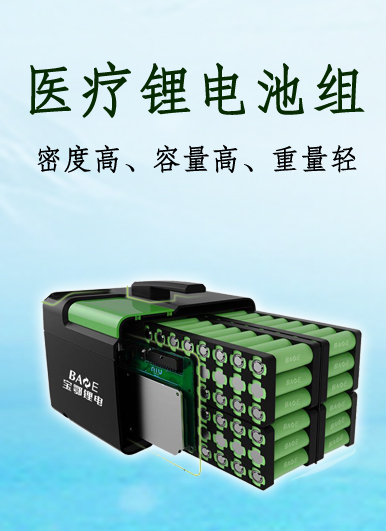Lithium-ion batteries have several advantages - they are rechargeable and have a wide range of applications. They are used in devices such as laptops and mobile phones, as well as hybrid and all-electric vehicles. Electric vehicle is an important technology to solve rural pollution and achieve clean and sustainable transportation, and plays an important role in solving the energy and environmental crisis. One disadvantage of lithium is that it is a limited resource. Not only is it expensive, but its annual output (technically) is limited (due to the drying process). Considering the increasing demand for battery drivers, especially electric vehicles, the need to find alternatives to lithium has become increasingly urgent. Lithium is cheap and abundant.
Sodium-ion batteries are an attractive alternative to lithium-ion batteries for a variety of reasons. Sodium is not a limited resource - it is abundant in the crust and seawater. In addition, under the appropriate crystal structure design, sodium-based components may produce faster charging time. However, sodium cannot be simply exchanged with lithium, which is used in current battery materials because it is a larger ion size and slightly different chemistry. Therefore, researchers need to find the best sodium ion battery material through trial-and-error method among a large number of candidate materials.
Nitech scientists have found a reasonable and effective way to solve this problem. About 4300 compounds were extracted from the crystal structure database and calculated with high throughput. One of the compounds obtained good results, so it is a promising candidate for sodium ion battery components. Researchers have found that Na2V3O7 has good electrochemical properties, crystal and electronic structure. The compound has fast charging performance and can charge stably within 6 minutes. Researchers also proved that the compound has long battery life and short charging time.
"Our goal is to address the biggest obstacle faced by large batteries in applications such as electric vehicles that rely heavily on long-term charging. We solve this problem through a search that will produce sufficiently efficient materials to improve the rate performance of batteries.
Although Na2v3o7 has good characteristics and expected effects on sodium ion batteries as a whole, the researchers found that Na2v3o7 deteriorated during the final charging stage, which limits the actual storage capacity to half of the theoretical storage capacity. Therefore, in their future experiments, researchers are committed to improving the performance of the material in order to maintain stability throughout the charging stage. Our ultimate goal is to establish a method that enables us to design battery materials effectively by combining computational and experimental methods.锂离子电池有几个好处——它们是可充电的,应用范围很广。它们被用于笔记本电脑和手机等设备,以及混合动力和全电动汽车。电动汽车是解决农村污染和实现清洁可持续交通的重要技术,在解决能源和环境危机方面发挥着重要作用。锂的一个缺点是它是一种有限的资源。不仅价格昂贵,而且其年产量(技术上)有限(由于干燥过程)。考虑到对电池驱动装置尤其是电动汽车的需求不断增加,寻找锂的替代品的需求变得越来越迫切,锂既便宜又丰富。
由于多种原因,钠离子电池是锂离子电池的一种有吸引力的替代品。钠不是一种有限的资源——它在地壳和海水中都很丰富。此外,在适当的晶体结构设计下,钠基组分有可能产生更快的充电时间。然而,钠不能简单地与锂交换,锂用于目前的电池材料,因为它是一个较大的离子尺寸和略有不同的化学。因此,研究人员需要在大量的候选材料中,通过试错法寻找最佳的钠离子电池材料。
Nitech的科学家们已经找到了解决这个问题的合理而有效的方法。从晶体结构数据库中提取约4300种化合物,并对其进行高通量计算后,其中一种化合物获得了良好的结果,因此是钠离子电池组分的一个很有前景的候选化合物。研究人员发现,Na2V3O7具有良好的电化学性能以及晶体和电子结构。该化合物具有快速充电性能,能在6分钟内稳定充电,研究人员还证明了该化合物具有较长的电池寿命和较短的充电时间。
“我们的目标是解决大型电池在电动汽车等严重依赖长时间充电的应用中面临的最大障碍。我们通过一项搜索来解决这个问题,该搜索将产生足够高效的材料,以提高电池的速率性能。”
尽管Na2v3o7具有良好的特性和对钠离子电池的总体预期影响,但研究人员发现,在最后的充电阶段,Na2v3o7发生了劣化,这将实际存储容量限制在理论存储容量的一半。因此,在他们未来的实验中,研究人员致力于提高这种材料的性能,以便在整个充电阶段保持稳定。”我们的最终目标是建立一种方法,使我们能够通过计算和实验相结合的方法来有效地设计电池材料。リチウムイオン電池にはいくつかの利点があります。それらは充電可能で、応用範囲が広いです。ノートパソコンや携帯電話などの設備に使われ、ハイブリッドや全電気自動車に使われています。電気自動車は農村の汚染を解決し、クリーンで持続可能な交通を実現する重要な技術であり、エネルギーと環境危機を解決する上で重要な役割を果たしています。リチウムの欠点は限られた資源であることです。価格が高いだけでなく、その年の生産量(技術的に)も限られています。バッテリー駆動装置、特に電気自動車の需要が増えていることを考慮して、リチウムの代替品を探す需要がますます切実になり、リチウムは安くて豊富です。
様々な理由から、ナトリウムイオン電池はリチウムイオン電池の魅力的な代替品です。ナトリウムは限られた資源ではありません。地殻と海水の中で豊富です。さらに,適切な結晶構造設計の下で,ナトリウムベース成分はより速い充電時間を生成する可能性がある。しかし、ナトリウムは簡単にリチウムと交換できません。リチウムは現在の電池材料に使用されています。したがって、研究者は大量の候補材料の中で、最適なナトリウムイオン電池材料を試行錯誤法により探す必要がある。
Nitechの科学者たちはもうこの問題を解決する合理的で効果的な方法を見つけました。結晶構造データベースから約4300種類の化合物を抽出し、高スループット計算を行った後、1つの化合物が良好な結果を得たので、ナトリウムイオン電池成分の有望な候補化合物である。研究者はNa 2 V 3 O 7が良好な電気化学性能と結晶と電子構造を有することを発見した。この化合物は急速な充電性能を持ち、6分間で安定的に充電できます。研究者はまた、この化合物が長い電池寿命と短い充電時間を持つことを証明しました。
「私たちの目標は、大型電池が電気自動車などの深刻な充電に依存するアプリケーションで直面する最大の障害を解決することです。バッテリーのレート性能を向上させるために十分に効率的な材料を生成する検索によってこの問題を解決した。
Na 2 v 3 o 7は良好な特性とナトリウムイオン電池に対する全体的な予想効果を有しているが、研究者は最後の充電段階でNa 2 v 3 o 7が劣化し、これは実際の記憶容量を理論的な記憶容量の半分に制限することを発見した。したがって、彼らの将来の実験では、研究者はこのような材料の性能を向上させ、全体の充電段階で安定させることに努めている。我々の最終目標は,電池材料を効率的に設計するための計算と実験を組み合わせた方法を確立することである。

